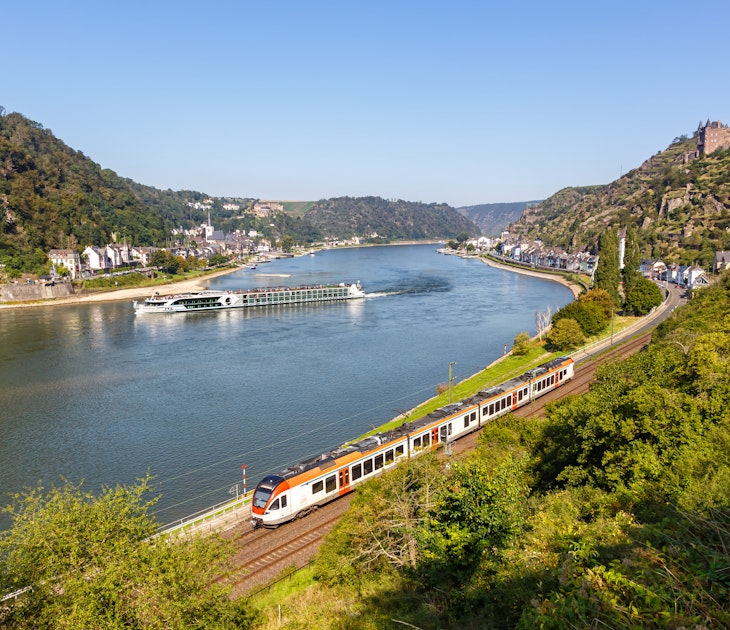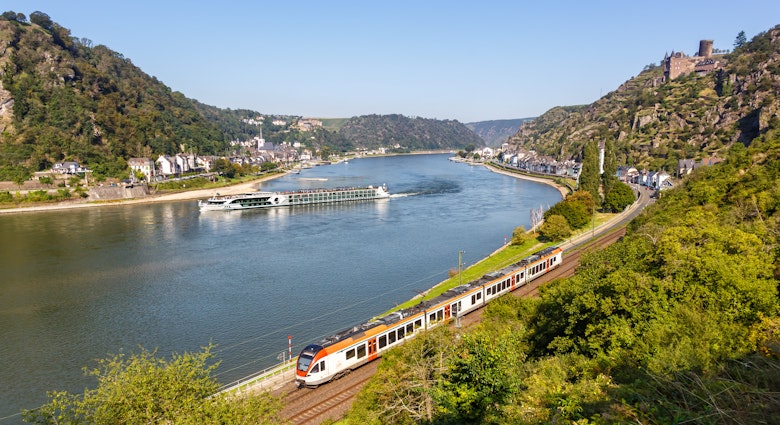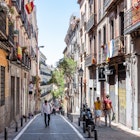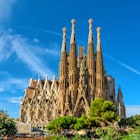Anyone who’s travelled to Spain knows there’s a countrywide passion for life. There are cuisines with bold flavours, photogenic buildings and seemingly endless energy for nightlife, which is replenished daily during afternoon siestas. The country's charisma has lured many travellers, including myself, to bucket-list destinations like Madrid, Barcelona and Pamplona. But I wanted to venture further, into the very heartland of Spain.
Hungry to encounter more of Spain’s culture and cuisine, I decided to take a road trip to the often overlooked region of Castilla y León. One of the nation’s 17 autonomous communities, it’s located north and west of the central capital region. Away from crowds of tourists, a fascinating (and very filling) road trip lay ahead.
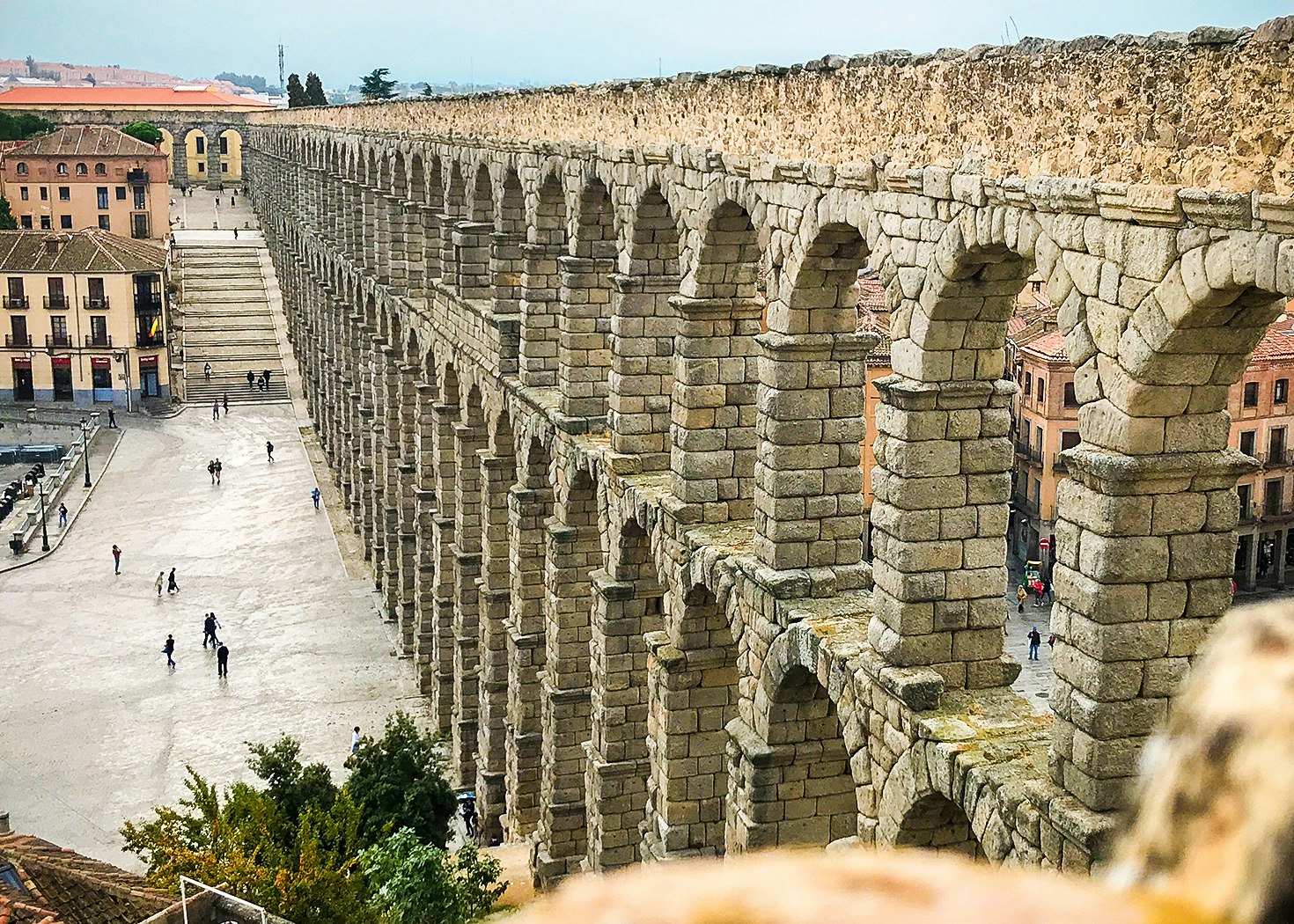
Segovia
Just a little over an hour’s drive from Madrid airport, northwest along highways A-6 and AP-61, I started my journey in the city of Segovia. A Unesco World Heritage Site, it’s home to the fairy-tale castle that inspired Disney’s Snow White, Alcazar de Segovia, and a grand 16th-century Gothic cathedral. Another striking structure is the 1st-century Roman aqueduct. With over 160 arches, it's awe-inspiring from any vantage point – even when Instagrammers obscure the view.
To travelling foodies like myself, one building in the old city held particular interest: Mesón de Cándido, a culinary institution known for the local delicacy cochinillo asado (roast suckling piglet). Many restaurants in town serve this dish but it’s the multi-generational family at Cándido that has elevated its presentation into a performance, when third-generation Alberto Cándido ceremoniously cuts the roasted piglets with the edge of a plate, showing off just how tender the meat is under the crispy skin.
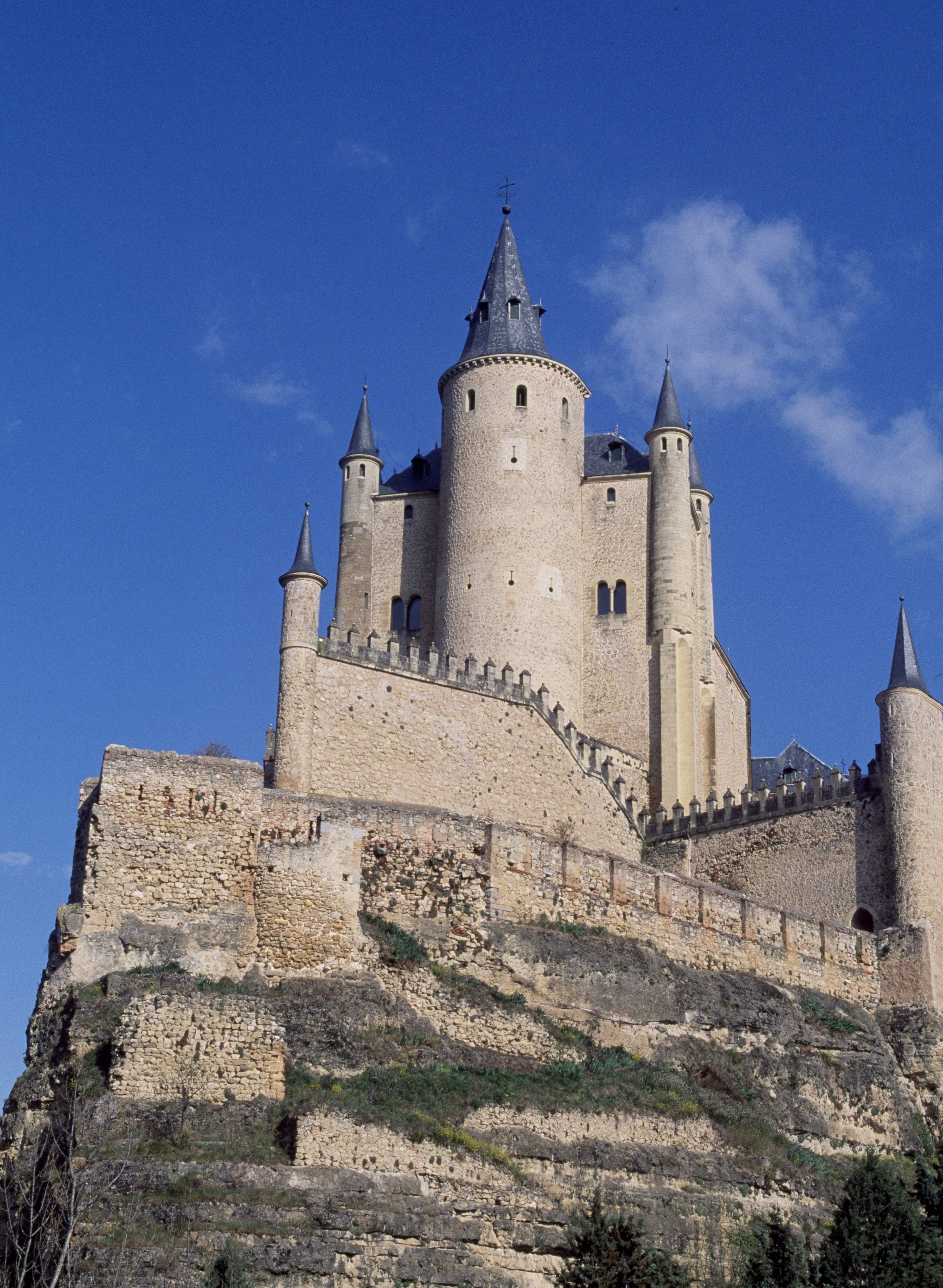
Salamanca
My appetite was just getting warmed up, and I headed westbound for about two hours on A-50 to arrive at Salamanca, where a “Ruta de Tapas” awaited. This tapas bar crawl route was also a feast for the eyes, taking place in and around the spectacular 18th-century Plaza Mayor. It's regarded by many as the most photogenic square in the country, especially when lit up at night.
The most memorable stop on the tapas route was the quintessentially local tavern Mesón Cervantes, where I had a pepinillo relleno (pickle stuffed with anchovies) amongst Spaniards eating, drinking, and throwing their napkins on the floor – a Spanish habit – while soccer glowed from the television screens.

The namesake of this local haunt, the author of Don Quixote, studied at the Universidad de Salamanca. Founded in 1218, it’s the oldest university in Spain. I peered into its Hogwarts-esque library and toured its lecture halls and nearby old cathedral, built piecemeal over the 12th to 15th centuries. However, it was the new cathedral that was more fascinating to me – not because it was “newer” by two to three centuries, but because of a 1992 renovation in which stonemasons carved modern images into the facade, including an astronaut.
I ventured out of the city, taking a side trip to Hacienda Zorita. A countryside “wine resort” supplied by local food sources, they also have their own organic farm on the grounds, including oak trees. Their acorns are fed to the pigs, said to give jamón ibérico its prized, unique flavour after years of ageing in a bodega (cellar).

Read more: On the tapas trail in Seville
Zamora
Just an hour north along A-66 is the town of Zamora, along the Doura River. It’s home to a Romanesque cathedral, an 11th-century castle, and a pleasant shopping promenade, but what really stood out to me were the statues of people wearing pointed hoods. I even saw cake decorations in bakery windows shaped in this style. These masked figures commemorate the annual Easter week processions that date back to the 12th century, when religious brotherhoods paraded through the streets in penance, their faces covered. Their stories are told at the Museo de Semana Santa.
Humility is also a feature of traditional Zamorana cuisine, which makes good use of leftovers. Migas trashumancia is an old shepherd’s dish in which a fried egg is placed on top of old bread, which has been crumbled and mixed with scraps of meat. Arroz a la Zamorana is rice mixed with leftover pork parts – tail, ear and bacon – seasoned with paprika. I sampled both dishes at Parador de Zamora, a 15th-century palace-turned-hotel/restaurant in the centre of town – and my appetite was humbled.
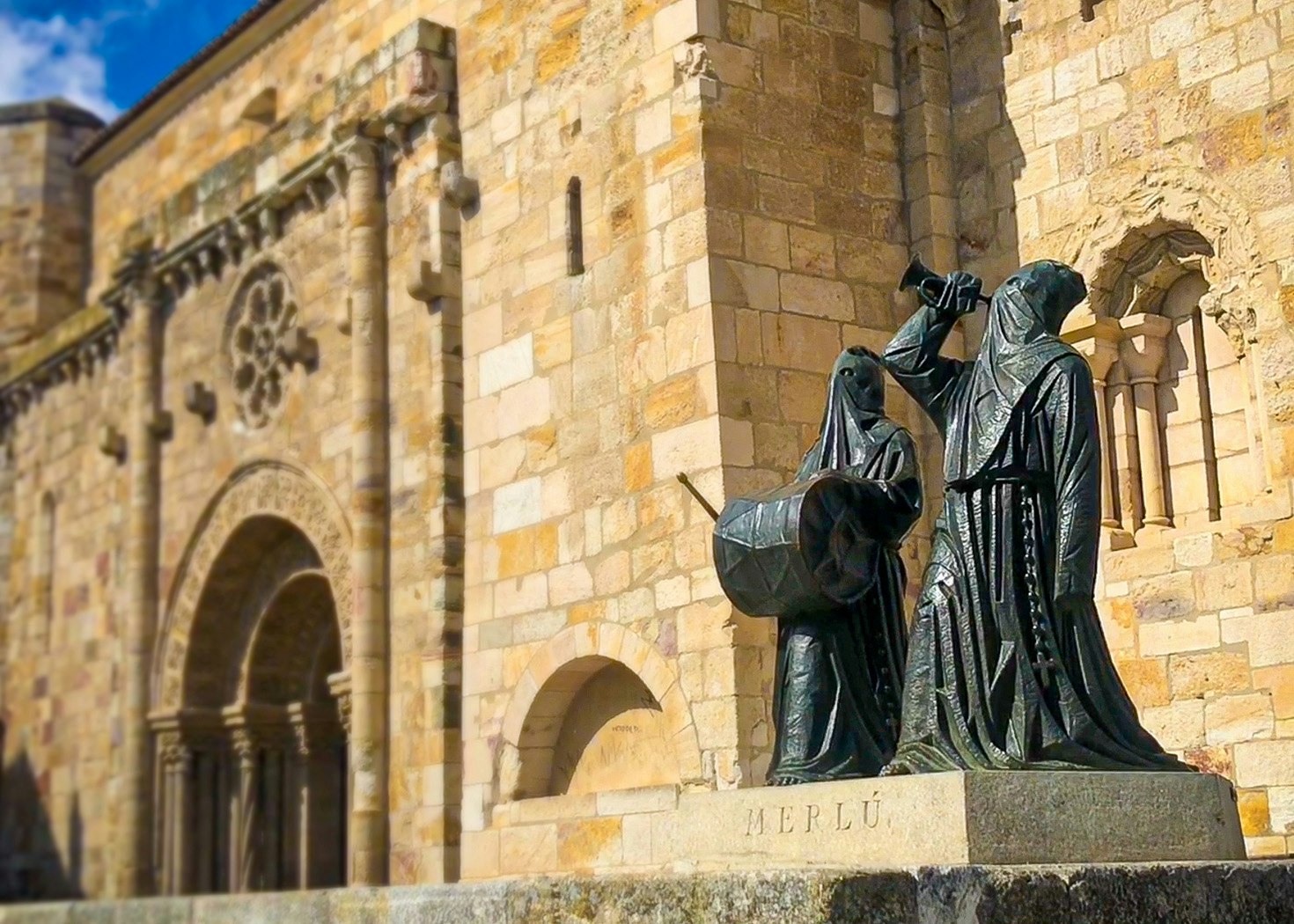
León
About an hour and a half further north along A-66, I arrived in León, city of the lion, as depicted by many statues around town. Coincidentally, I arrived just as a festival was taking place – not surprising for Spain – but I made time to visit the town’s 13th-century cathedral, with the largest collection of stained glass in the country, and San Isidoro Basilica, which houses the Chalice of Doña Urraca, believed by some to be the Holy Grail.
I also found Casa Botines fascinating, and not just because I exited through a cocktail bar instead of a gift shop. It’s one of Antoni Gaudí’s few structures in northern Spain, a controversial but admired neo-Gothic castle. Used for many purposes over the decades, it now holds a museum about the renowned architect.

El Bierzo and Las Médulas
Léon is one town along the epic Camino de Santiago, where pilgrims from around the world make a long journey to Santiago de Compostela in Galicia. I decided to get a taste of the trail – on two wheels instead of two feet – on an excursion with La Mirada Viajera, pedalling past trekkers with the customary greeting “¡Buen Camino!”
We cycled from Cacabelos to Villafranca del Bierzo through the lesser-known Spanish wine region El Bierzo, with a pit stop to taste local wines. Later, I traded in my bicycle helmet for a hard hat when exploring the Galerias de Orellan in Las Médulas. Part of the remaining tunnel network of ancient Roman gold mines, they were carved by funnelling water through the mountain.
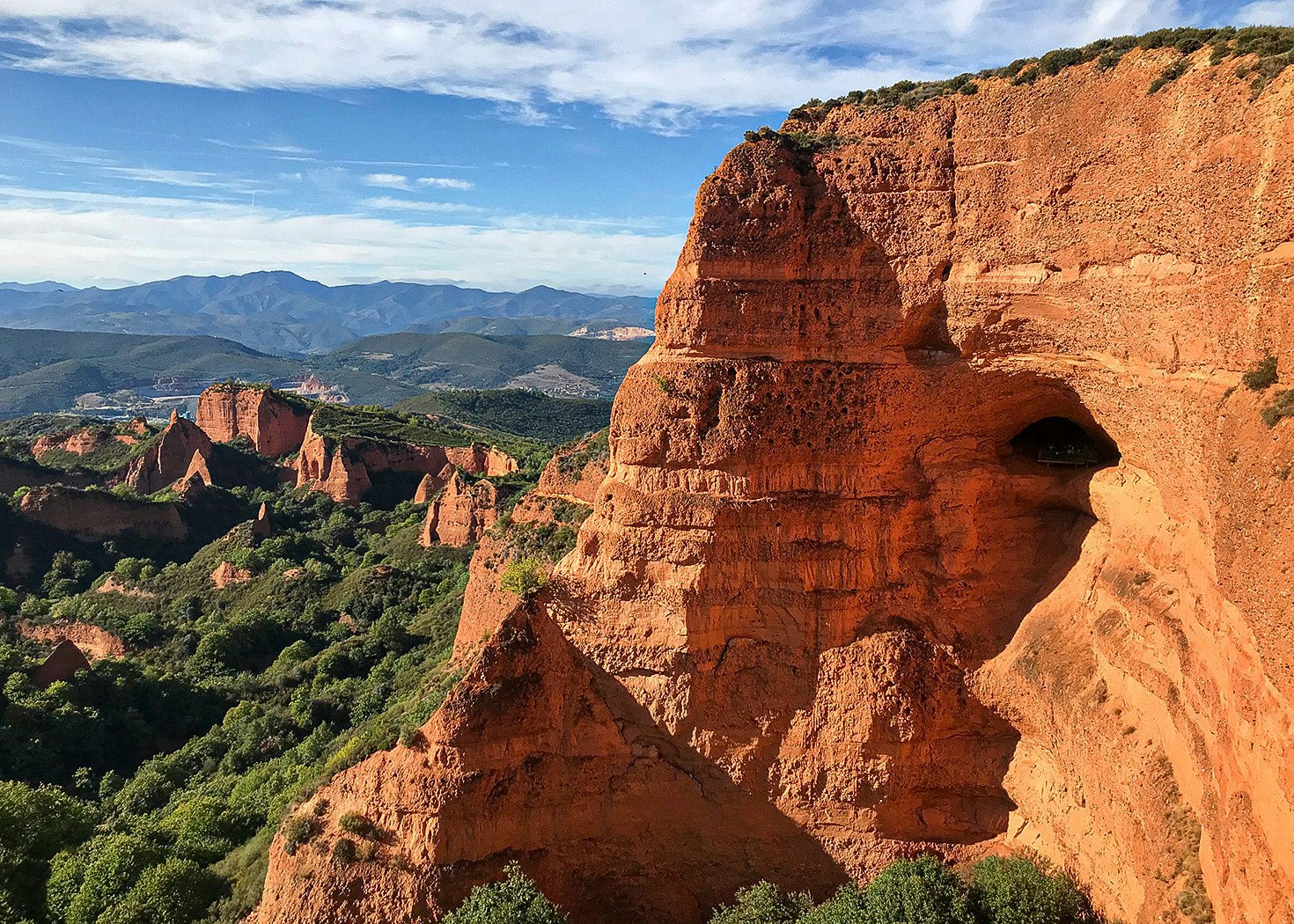
Read more: Which Camino de Santiago route is right for you?
Valladolid
After driving just under two hours southeast on N-601, I arrived in Valladolid, the capital of Spain for a brief stint (from 1601 to 1606). It’s now the de facto capital of Castilla y León, boasting the (arguably) largest plaza mayor (main square) in the country. I was concluding my road trip through Castilla y León in the same place where Christopher Columbus’ life journey came to an end in 1506. He is commemorated at the Casa-Museo de Colón, which chronicles all his journeys to the “new” world.
There are several impressive churches in this former capital, notably the 16th-century cathedral and San Pablo Church, although at this point in my journey I had become “churched out”. My interest shifted to the 19th-century Pasaje Gutiérrez, a mall with Victorian flair, and the big food hall, Mercado del Val.

Hungry for one last meal, I dined on a peculiar round of tapas at Los Zagales, where award-winning food stylists prepare over-the-top tapas de diseño (designer tapas). I was dazzled by the sultry mist of dry ice enveloping skewers of squid and fish cheeks, served with a chaser of tomato broth, and the sardine-filled spring rolls that were fashioned to look like cigars in an ashtray. The visual flourishes didn’t distract from delicious tastes and textures, and my appetite was satisfied... at least until the next time I return to Spain.
You might also like:
My Andalucia road trip: sights, sounds and tastes of Spain
A regional guide to Europe's best road trips


